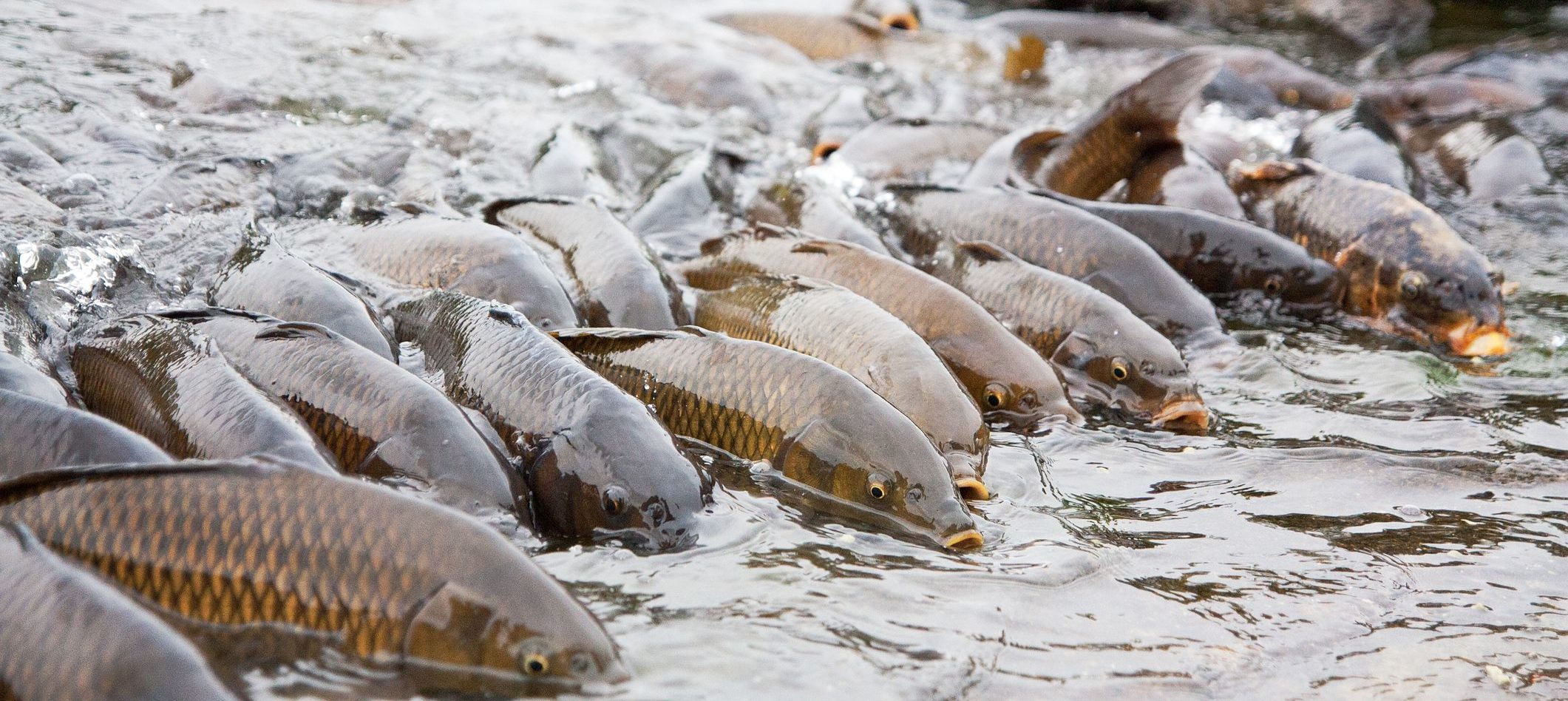Grass carp, one of four species of Asian carp, has the potential to disrupt the Great Lakes ecosystem and economy unless their spread is stopped, according to a report released by Fisheries and Oceans Canada with support from the Great Lakes Fishery Commission and the Ontario Ministry of Natural Resources and Forestry.
The socio-economic study concludes that there would be economic, social, and cultural ripple effects in addition to the significant ecological threat that is posed by the presence of grass carp in the Great Lakes.
The report – Socio-Economic Risk Assessment of the Presence of Grass Carp in the Great Lakes Basin – found the total economic value of activities in or around the Great Lakes is estimated to generate $13 billion annually. This includes commercial and recreational fishing, hunting, recreational boating, beaches, and wildlife viewing. The economic values for these sectors could be at risk if grass carp become established in the Great Lakes basin.
“We know that preventing the spread of Grass Carp in the Great Lakes basin is vitally important,” said Jonathan Wilkinson, Minister of Fisheries, Oceans, and the Canadian Coast Guard. “The Great Lakes is home to diverse species and also an important corridor for economic activity – helping to move $19.8 billion worth of goods each year, supports 237,868 jobs and $45.4 billion in economic activity. This invasive species poses a significant risk to both the local economy and environment. Our government is committed to working with our provincial colleagues, environmental groups and international partners to guard against this threat”.
The management of aquatic invasive species is a shared responsibility of federal, provincial, and territorial governments. To protect ecosystems and prevent economic loss, the Government of Canada allocated $43.8 million over five years in Budget 2017 to help prevent the introduction of aquatic invasive species. The funding will also help provide a rapid respond to detect new species and manage the spread of already established aquatic invasive species.
Of this, up to $20 million will be invested over five years in the Asian Carp Program to ensure Canada’s Great Lakes are well-protected from harmful impacts of Asian carps. The Canadian Asian Carp Program is actively, and successfully, preventing the spread of grass carp into the Canadian waters of the Great Lakes.
Since 2012, the Asian Carp program, and the Ontario Ministry of Natural Resources and Forestry, has caught 28 grass carp in the Great Lakes. Of those 28 fish, the majority were triploid – meaning, they had been sterilized through genetic modification.
While the finding of grass carp in Canadian waters is cause for concern, there is no evidence that they have reproduced in Canadian waters or of an established population. Fisheries and Oceans Canada continues to work with domestic and US partners to prevent the migration of Asian carps from southern waters.
The Government of Canada has invested heavily in research to find innovative and effective ways to address the current situation and it continues to use existing and emerging science to inform policy decisions.









